Imagine stepping outside your door and hearing birdsong, spotting butterflies flitting among flowers, or watching bees hum across your vegetable patch. A wildlife-friendly yard transforms your outdoor space into a sanctuary, not only for you but for the many creatures that help sustain the ecosystem.
But you don’t need to spend a fortune to make your yard welcoming to wildlife. With creativity, resourcefulness, and a few eco-friendly practices, you can build a thriving habitat without straining your budget. Here’s how to do it.
Why a Wildlife-Friendly Yard Matters
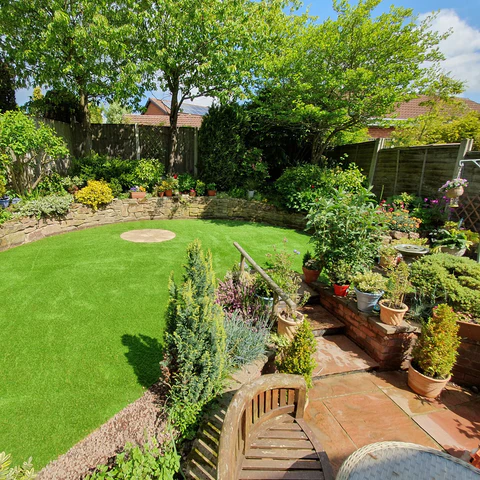
Creating space for wildlife isn’t just about aesthetics—it plays a crucial role in the environment.
- Supports pollinators: Bees, butterflies, and hummingbirds help your flowers and crops thrive.
- Boosts biodiversity: A mix of plants and habitats attracts different species, balancing your yard’s ecosystem.
- Provides natural pest control: Birds, frogs, and beneficial insects help keep unwanted pests in check.
- Reduces stress: Being surrounded by wildlife fosters a deeper connection with nature and improves well-being.
And best of all, many strategies for inviting wildlife actually cost less than traditional landscaping.
1. Start with Native Plants
Native plants are budget-friendly heroes. Because they’re adapted to your region’s soil and climate, they require less water, fertilizer, and maintenance.
- Choose wisely: Ask local nurseries or extension services for inexpensive native perennials, grasses, and shrubs.
- Propagate yourself: Save seeds from native flowers or ask neighbors for plant divisions—free additions to your garden!
- Benefits: Native plants attract local pollinators, birds, and beneficial insects better than most exotic ornamentals.
2. Make Use of Recycled Materials
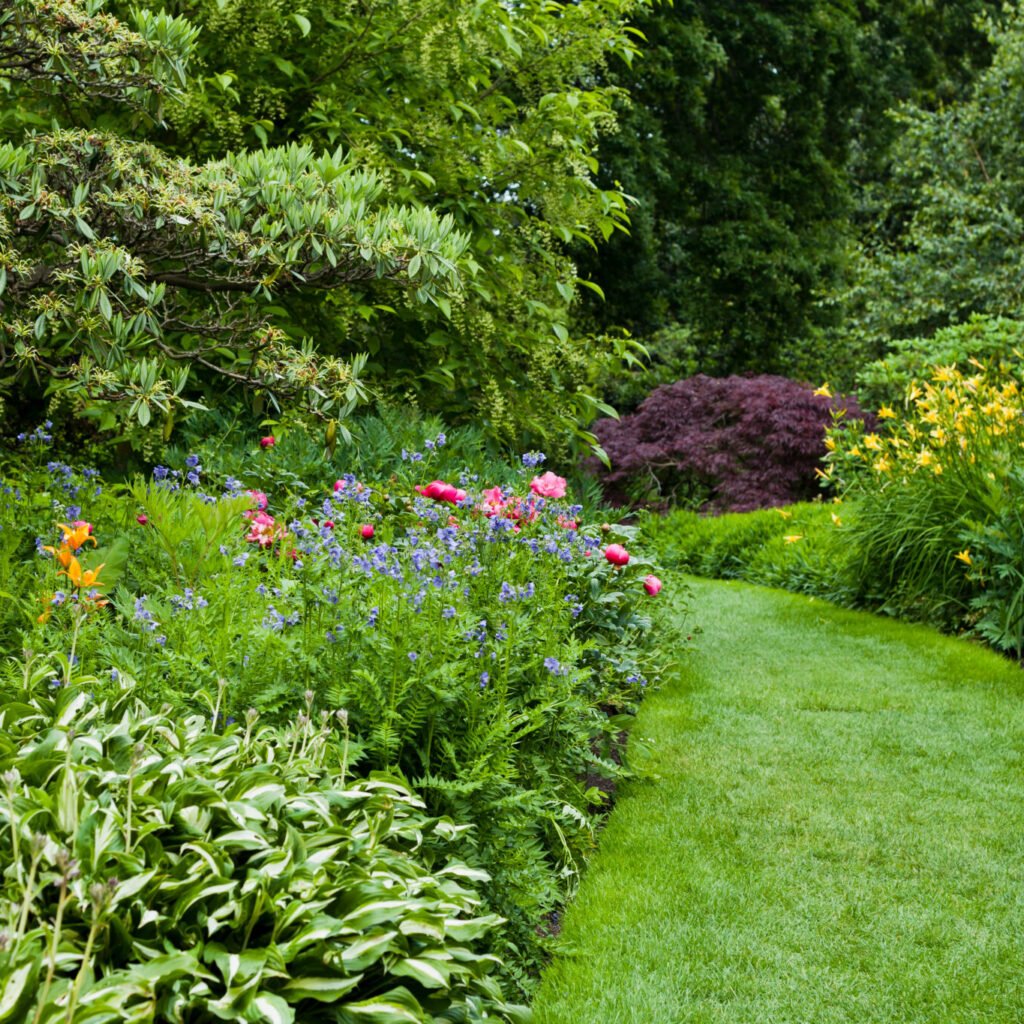
Creating wildlife features doesn’t mean buying brand-new supplies. Look around your home for items you can repurpose.
- Logs and branches: Fallen wood makes excellent shelter for insects and small animals.
- Old containers: Convert buckets, tubs, or barrels into mini water features.
- Pallets or scrap wood: Build raised garden beds, birdhouses, or pollinator hotels at little to no cost.
Not only does repurposing save money, it also reduces waste.
3. Add a Water Source
Every animal needs water, and even a small feature can make a big impact.
- DIY birdbath: Use an old bowl or shallow dish on a plant stand or upturned pot.
- Mini pond: Sink a large container into the ground, add stones, and let rainwater fill it naturally.
- Keep it safe: Add a few pebbles or branches so bees, butterflies, and small creatures can perch without risk of drowning.
For little cost, you create a magnet for birds, pollinators, and beneficial insects.
4. Build Shelter Spots
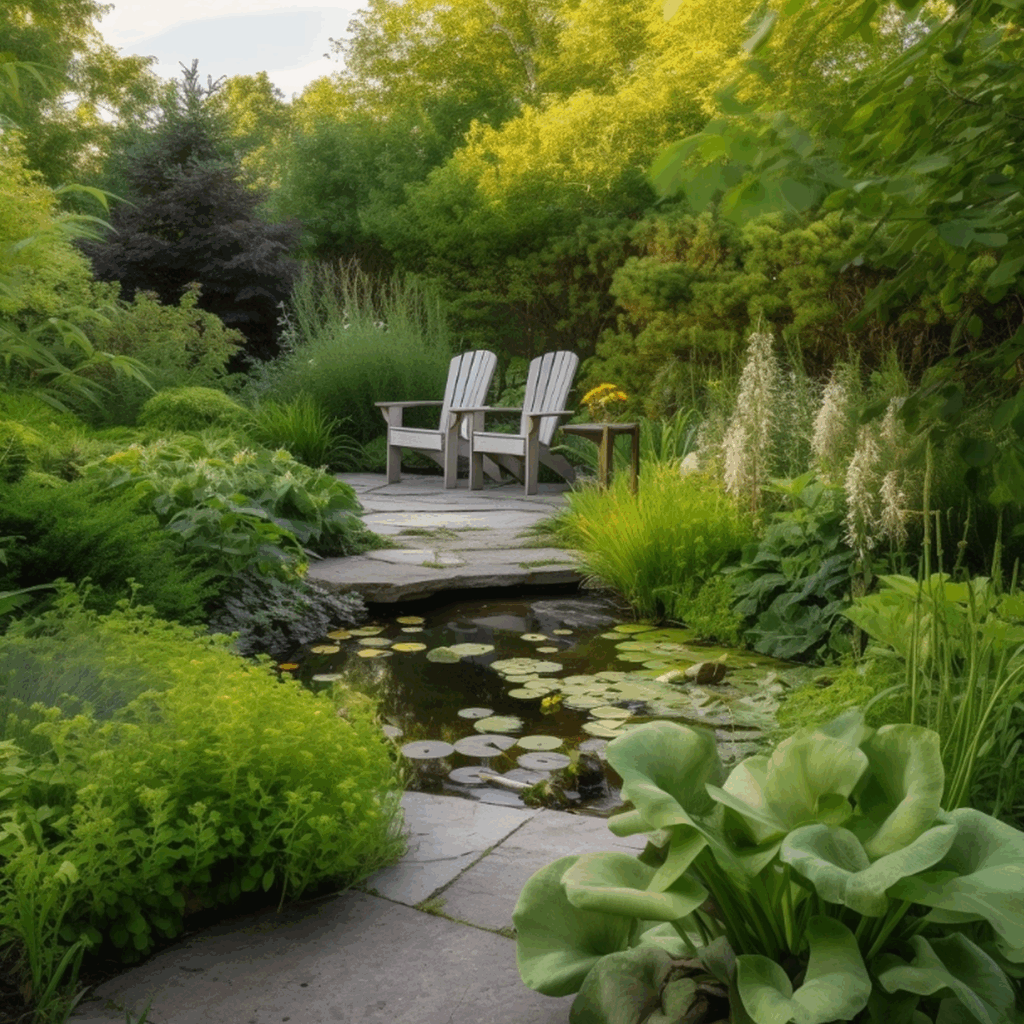
Wildlife needs safe places to hide, rest, and raise young.
- Brush piles: Stack twigs, leaves, and branches in a quiet corner of the yard.
- Rock piles: Create a lizard- and insect-friendly nook with stones.
- Nest boxes: Build or repurpose wooden boxes for birds, bats, or even solitary bees.
Shelters don’t have to be fancy—just functional. Even leaving an unmown patch of grass can provide refuge.
5. Plant for Year-Round Food
Wildlife needs nourishment in every season, not just spring.
- Spring and summer: Flowering plants like coneflowers, milkweed, and clover provide nectar.
- Fall: Berries from shrubs such as elderberry or serviceberry help migrating birds.
- Winter: Seed heads left standing (like sunflowers or black-eyed Susans) offer food for overwintering birds.
By planting with the seasons in mind, you ensure a continuous food supply—all while saving money on costly feed.
6. Skip Chemicals
Pesticides, herbicides, and synthetic fertilizers harm more than pests—they damage soil health, poison pollinators, and upset natural balances.
- Go organic: Use compost, mulch, and natural deterrents like neem oil.
- Let predators help: Birds, frogs, and ladybugs are nature’s pest control squad.
- Save money: Homemade compost and mulch are free compared to chemical treatments.
Keeping chemicals out is both budget-friendly and wildlife-friendly.
7. Attract Pollinators with Color and Diversity
Pollinators are drawn to variety.
- Mix it up: Plant clusters of different colored flowers to catch attention.
- Stagger blooms: Grow early, mid, and late-season plants so pollinators have food all year.
- Budget tip: Wildflower seed mixes are an inexpensive way to add diversity.
A pollinator-friendly yard ensures better fruit and vegetable harvests at virtually no extra cost.
8. Use Kitchen Scraps Wisely
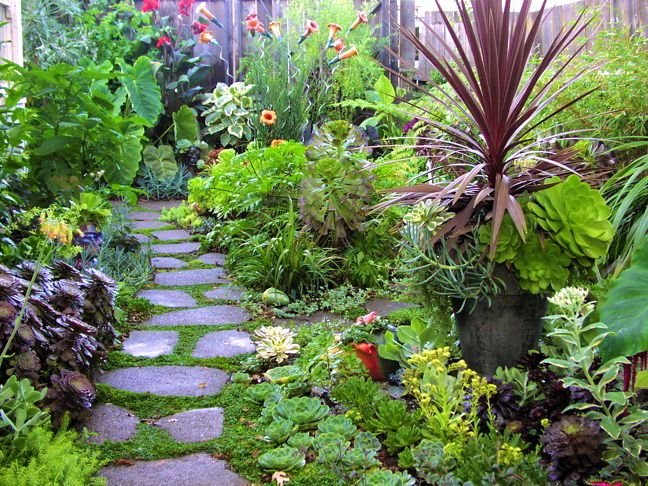
Your kitchen is a goldmine for your garden.
- Compost: Vegetable peels, coffee grounds, and eggshells turn into nutrient-rich soil.
- Fruit scraps: Place orange peels in your yard to attract butterflies.
- Banana peels: Bury near rose bushes for a natural potassium boost.
These simple hacks reduce food waste and provide free nutrition for your plants.
9. Let Part of Your Yard Go “Wild”
Sometimes, the best wildlife-friendly move is to do less.
- Unmown patches: Leaving a small area of grass unmowed provides shelter for insects.
- Wild corners: Allow weeds like dandelions or clover to grow—they’re valuable food sources for pollinators.
- Budget perk: Less mowing means less fuel and lower yard maintenance costs.
A little messiness can create a haven for countless species.
10. Get Your Community Involved
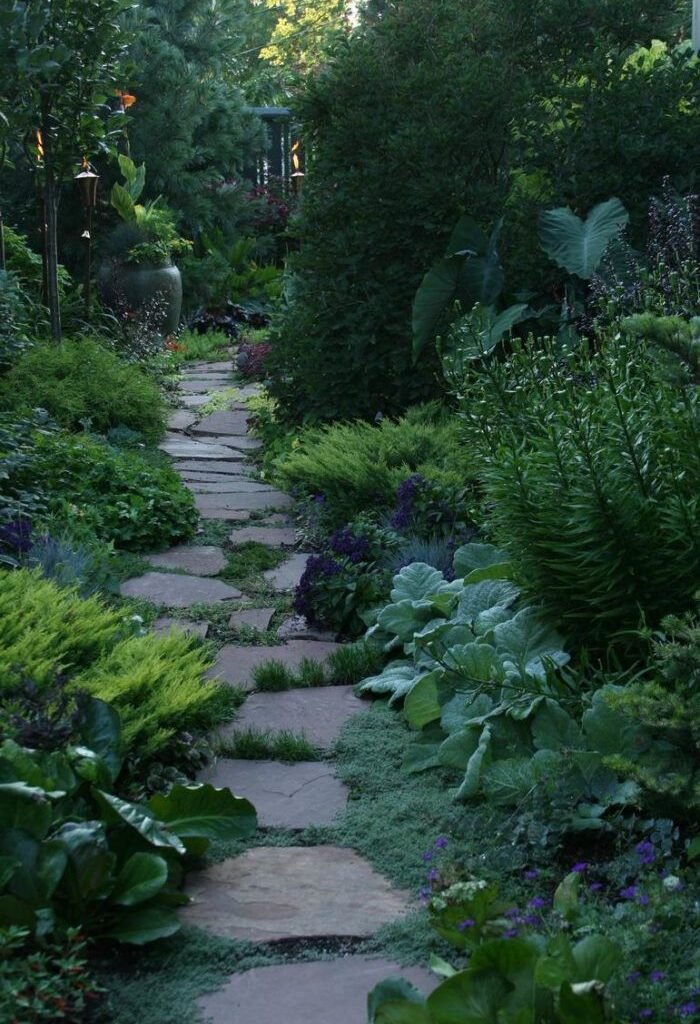
Wildlife thrives when entire neighborhoods participate.
- Seed swaps: Trade seeds and plant cuttings with friends to expand your garden for free.
- Community initiatives: Some local organizations offer free trees, shrubs, or native plants.
- Shared habitats: If neighbors also create wildlife-friendly spaces, the collective impact is much greater.
Working together builds stronger ecosystems—and friendships—without extra expense.
Final Thoughts
You don’t need a big budget to make a big difference. By planting natives, reusing household items, providing water and shelter, and avoiding chemicals, you can transform your yard into a sanctuary for wildlife. Every bird that visits your feeder, every butterfly that lands on your flowers, and every bee buzzing through your vegetables is proof that small changes matter.
Creating a wildlife-friendly yard is about harmony—between people, plants, and animals. And when you use these budget-friendly strategies, you’ll not only save money but also gain the joy of watching your outdoor space come alive with nature.
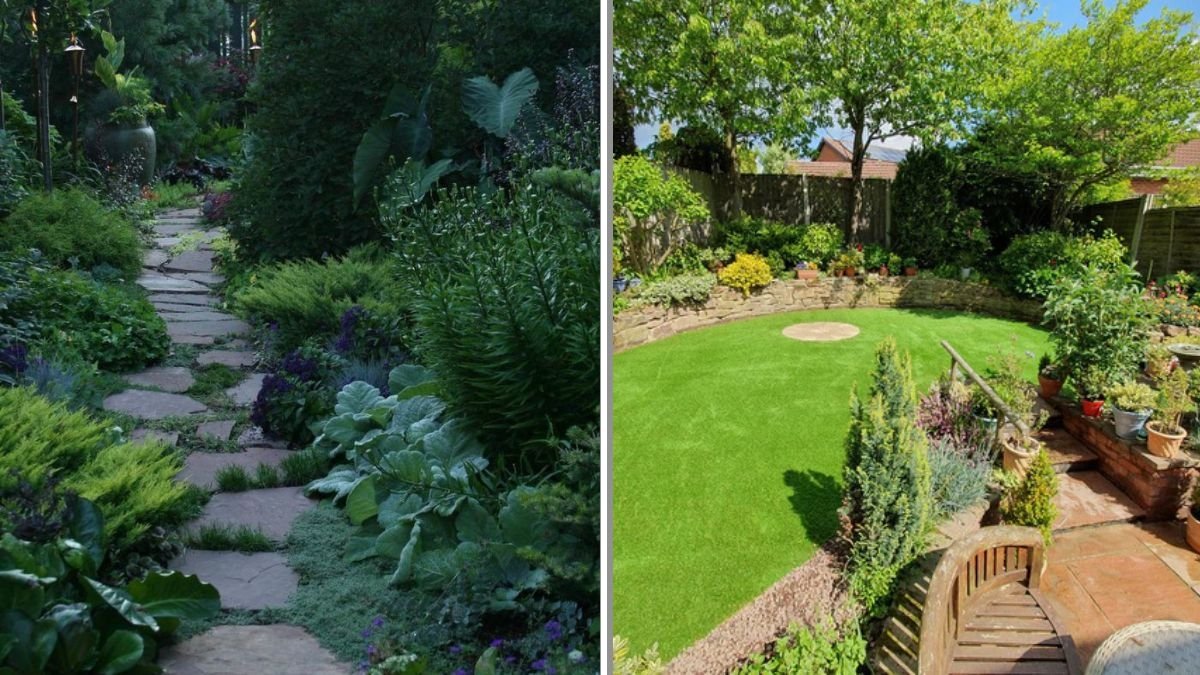
Leave A Comment